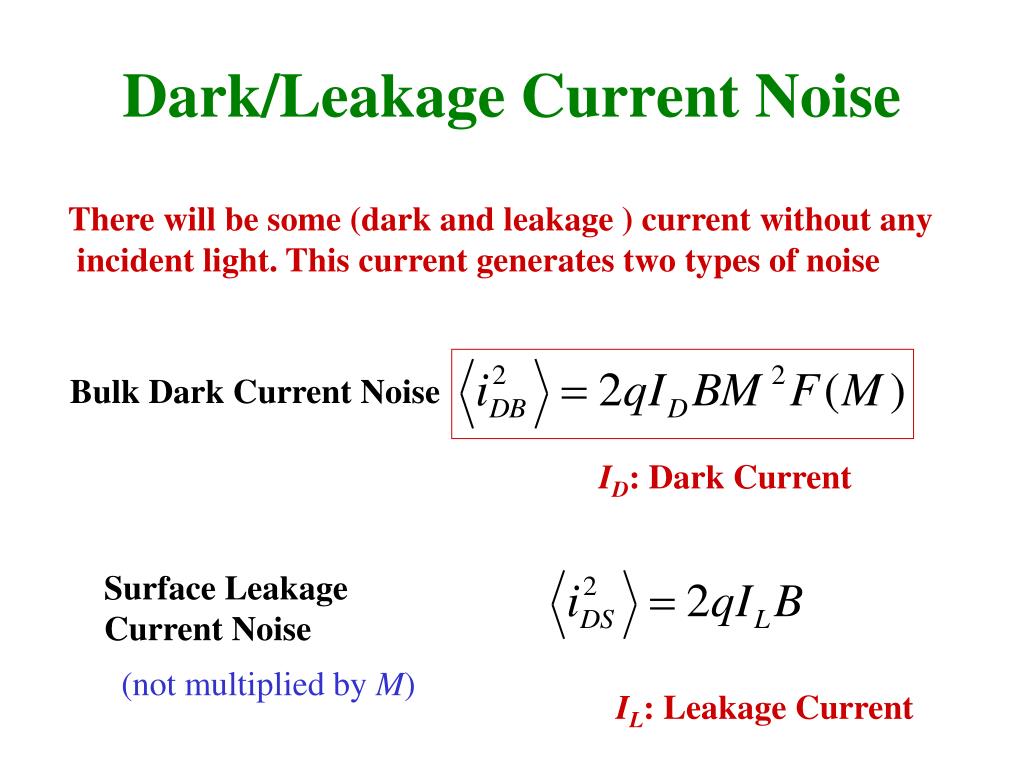

When a CCD based spectrometer is involved in non-demanding high light level applications such as LED measurement, the dark noise reduction due to TE cooling is minimal because of the relatively short integration time used.Īs a rule of thumb, when the integration time of a CCD spectrometer is set to less than 200ms, the detector is operating in a read noise limited state. This makes the CCD capable of operating at a longer integration time to detect weak optical signals. When the CCD is cooled down to only 10☌ by the TEC, the dark current is reduced by about four times and the dark noise is reduced by about two times. When operating at room temperature, the dark noise nearly saturates the un-cooled CCD. Figure 3-3 shows the dark noise for an un-cooled and cooled CCD detector at an integration time of 60s.

For Si detectors, dark current doubles when the temperature increases by approximately 5 to 7☌ and halves when the temperature decreases by approximately 5 to 7☌. The total noise of an array detector is the root square sum of these four noise sources.Ĭooling an array detector with a built-in thermoelectric cooler (TEC) is an effective way to reduce dark noise as well as to enhance the dynamic range and detection limit. This variation results mainly from variations in the quantum efficiency among pixels caused by non-uniformities in the aperture area and film thickness that arise during fabrication. The fixed pattern noise is the variation in photo-response between neighboring pixels. Similar to shot noise, dark noise also follows a Poisson distribution as a result, dark noise is proportional to the square root of the dark current. Dark current is caused by thermally generated electron movements and is strongly dependent on ambient temperatures. This is known as the dark current or dark output. A photo detector exhibits a small output even when no incident light is present. Therefore, shot noise is proportional to the square root of the incident photon flux.ĭark noise is associated with the statistical changes in the number of electrons generated in a dark state. Shot noise is associated with the statistical variation in the number of photons incident on the detector, which follows a Poisson distribution. Readout noise is caused by electronic noise in the detector output stage and related circuitry, which largely dictates the detection limit of the spectrometer. The main noise sources found in an array detector include: readout noise, shot noise, dark noise, and fixed pattern noise. No discussion of detectors would be complete without covering noise sources and how they can be mitigated by the use of TE Cooling. In Part 3a, we discussed several different types of detectors and the role they play in miniature spectrometers. Pharmaceutical, Nutriceutical & Cosmetics.OEM/OED Spectrometer and Laser Solutions.Measurement and detection of radiation, 3rd edition.

In summary, dark current is a phenomenon associated with certain radiation detectors, not with x-ray machines, whether they are in use or switched off.įor further information, see Tsoulfanidis and Landsberger (2011). This results in a background signal that may slightly reduce the sensitivity of the detector. However, because the dynodes are maintained at a high voltage, some electrons may be released (emitted) off the dynodes even when there is no radiation impacting the scintillator. This greatly increases the sensitivity of the detector. This process results in multiplication of the original electrons by several orders of magnitude.
DARK CURRENT DARK NOISE SERIES
These electrons are accelerated through a series of plates called dynodes across which is applied an increasing high voltage. This light impacts a photocathode that absorbs it and liberates electrons. Essentially, it is background noise caused by the random emission of electrons by the cathode under the influence of an applied electric field in the absence of x rays impacting the detector.Ī typical photomultiplier tube consists of scintillator that produces light when bombarded with x rays. It is a phenomenon associated with photomultiplier tube-type radiation detectors. Dark current (also known as thermionic emission) is not a radiation safety concern with your x-ray machine.


 0 kommentar(er)
0 kommentar(er)
